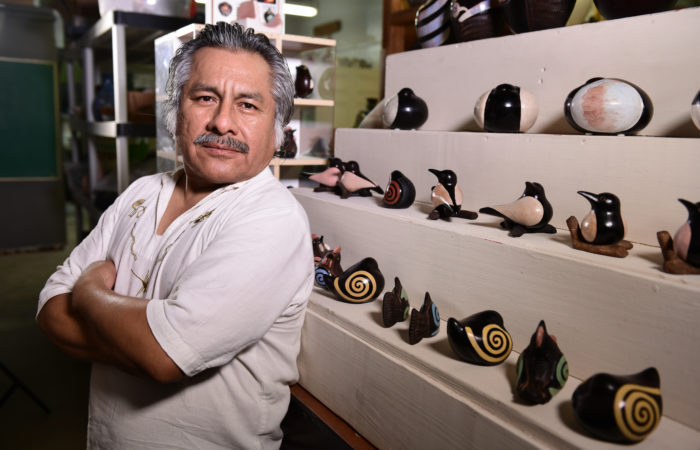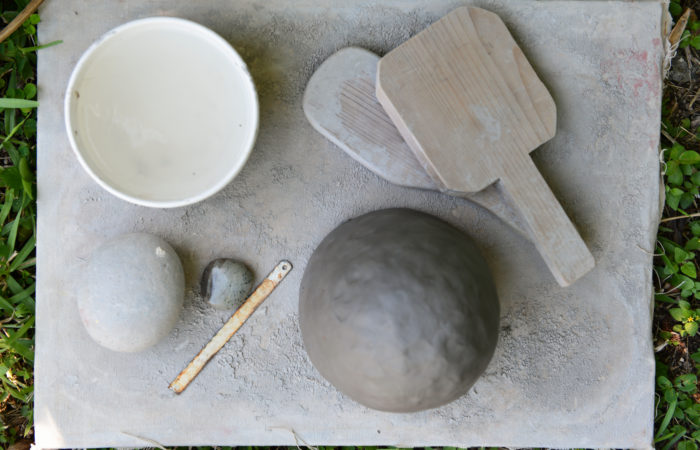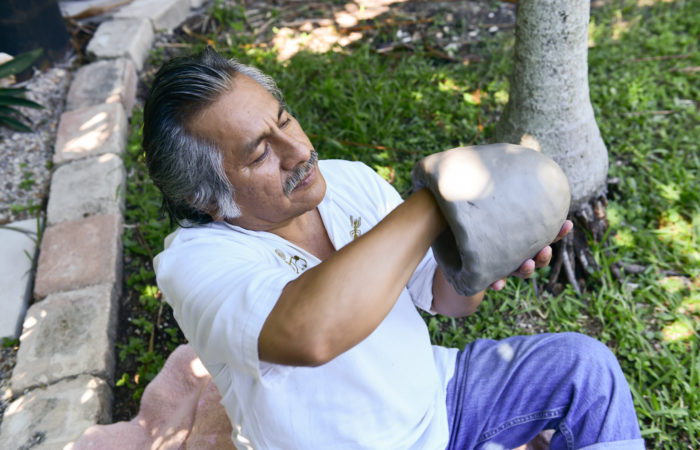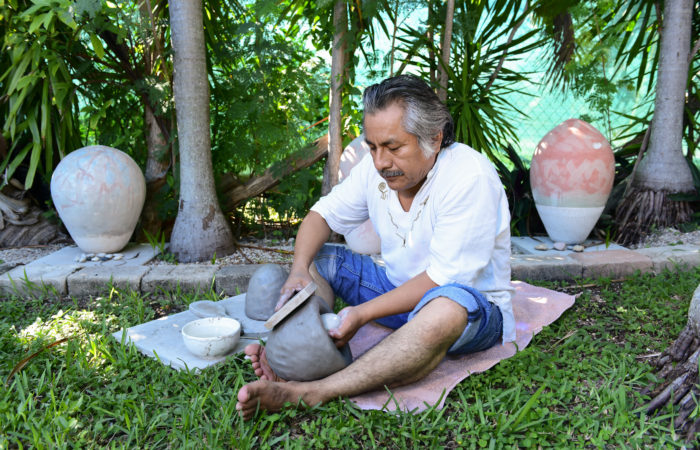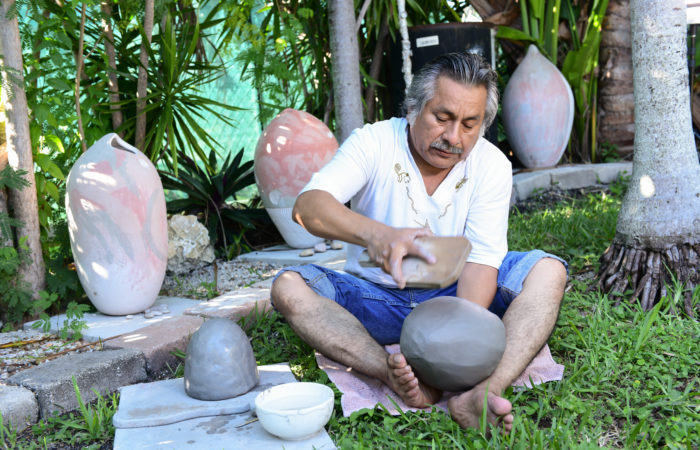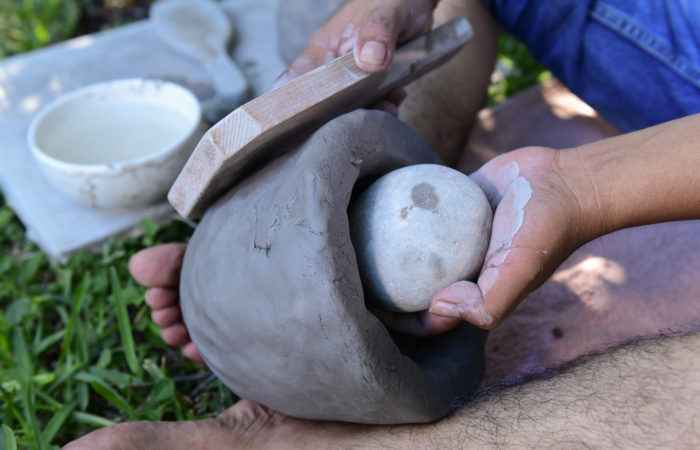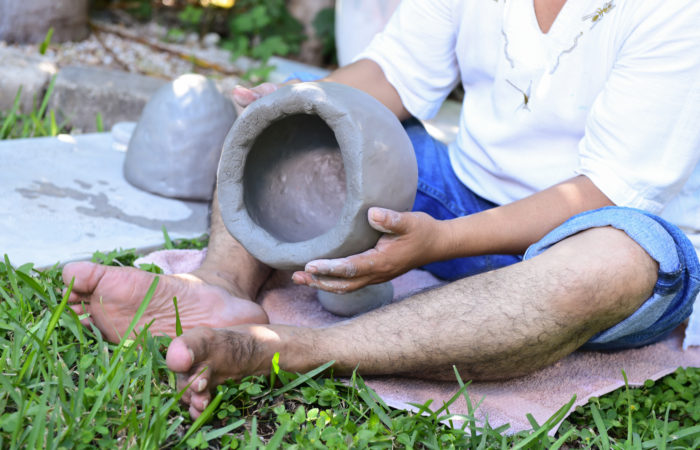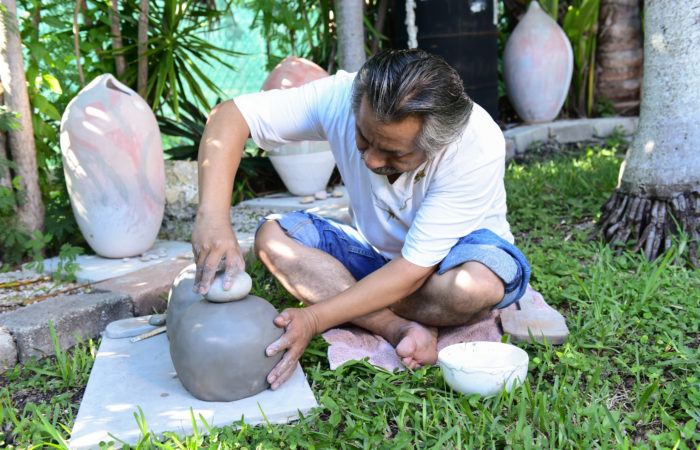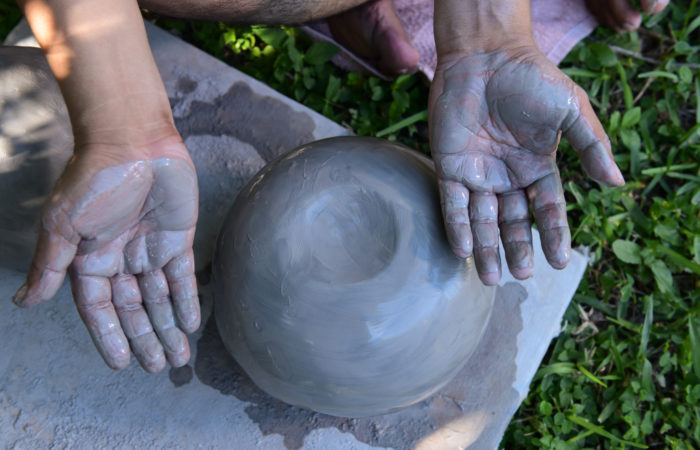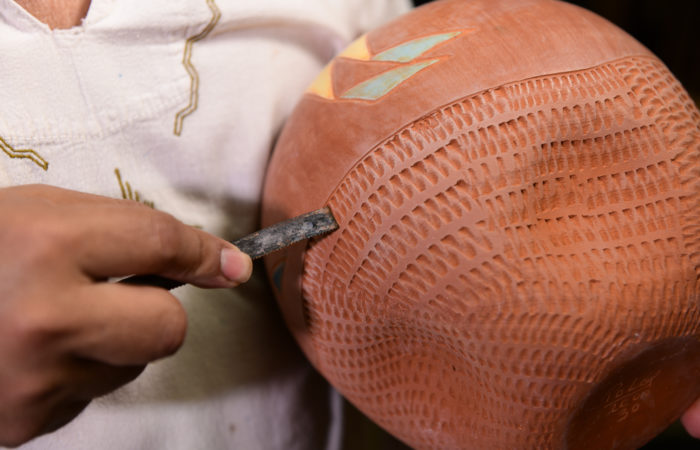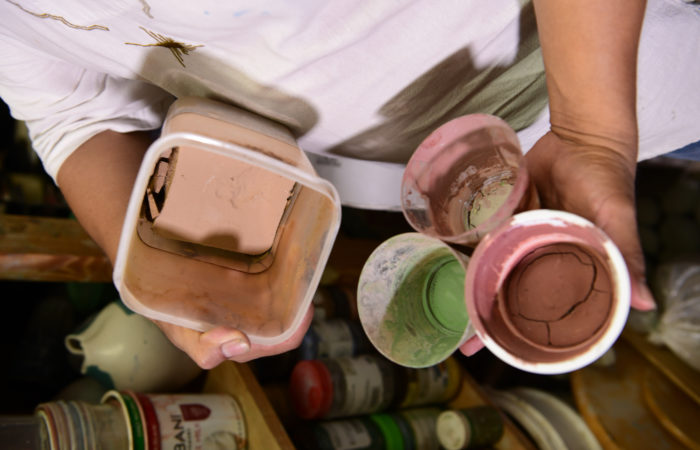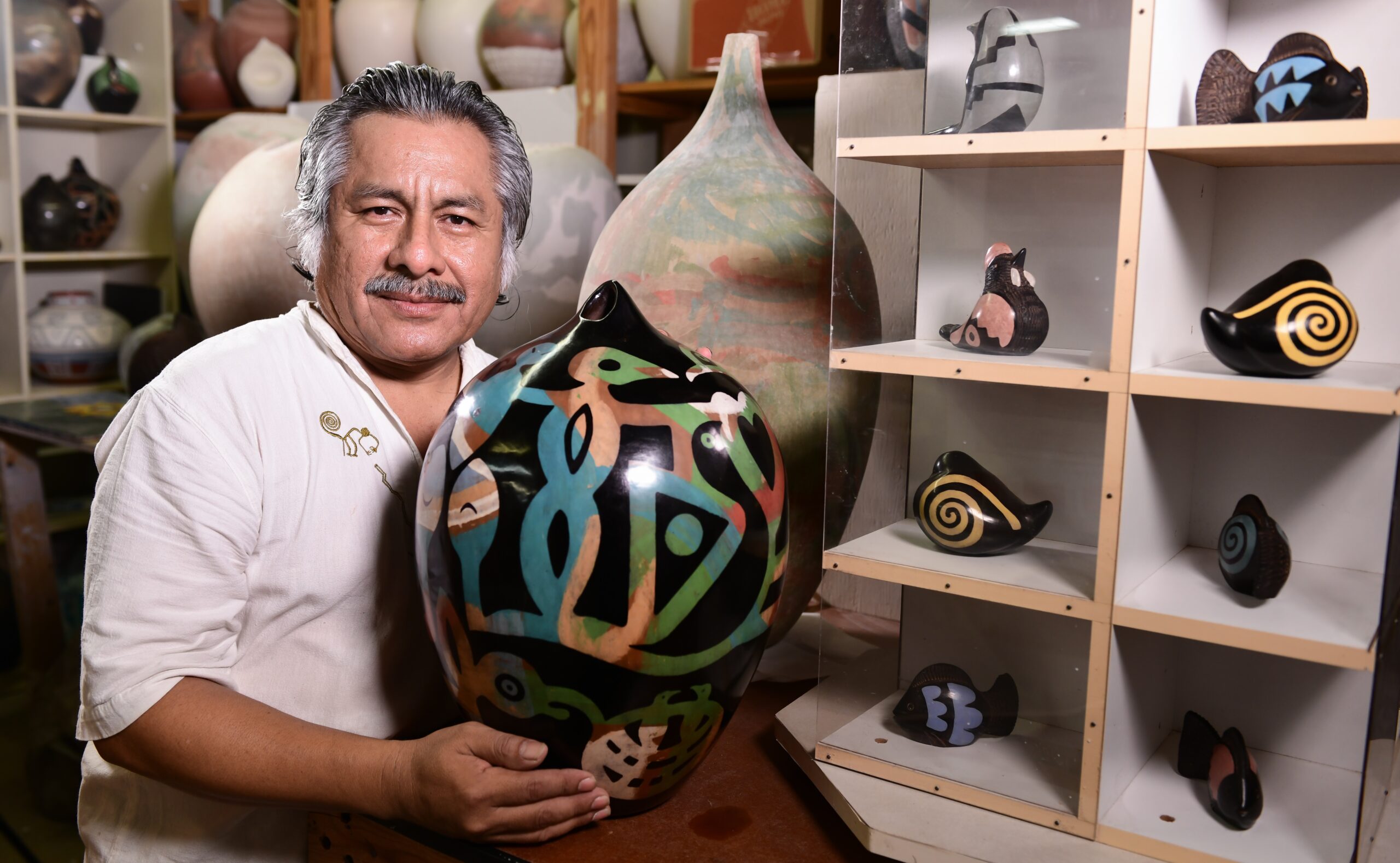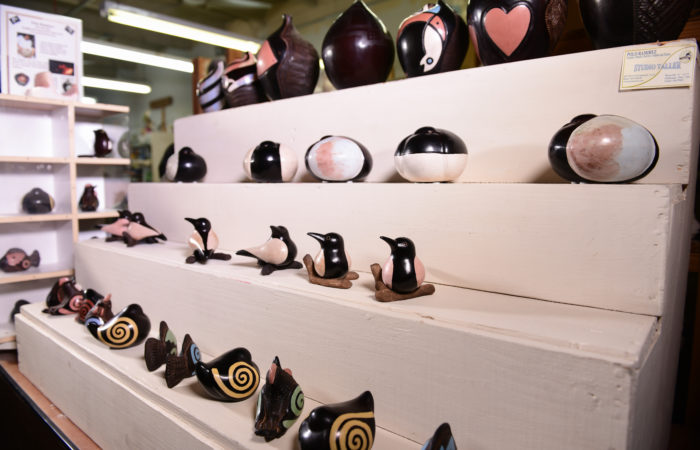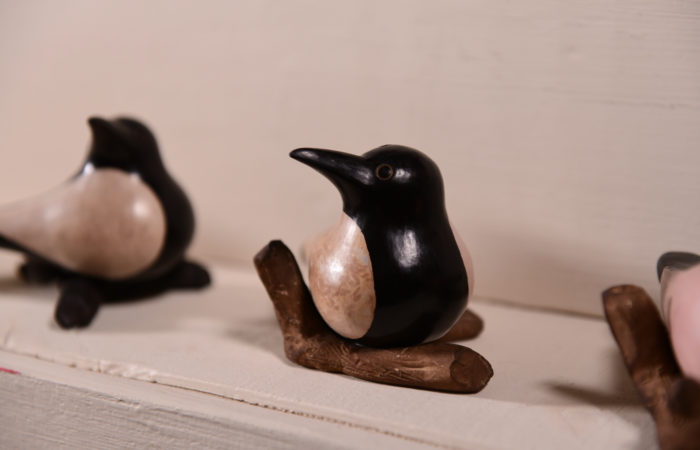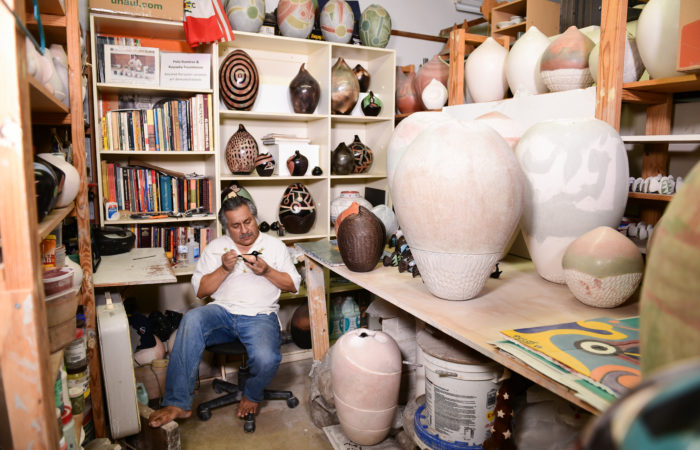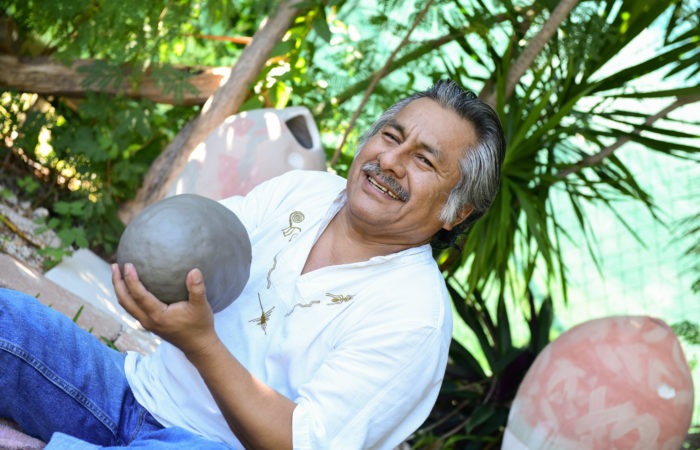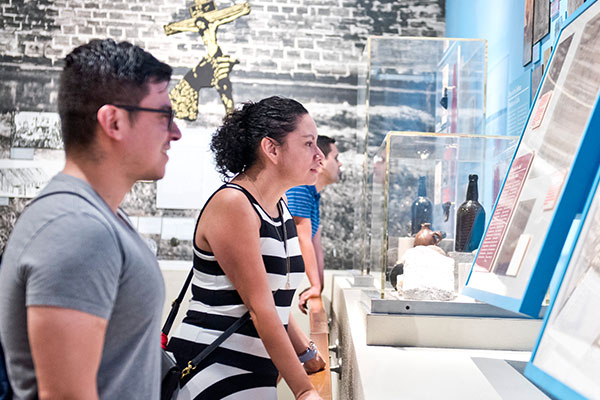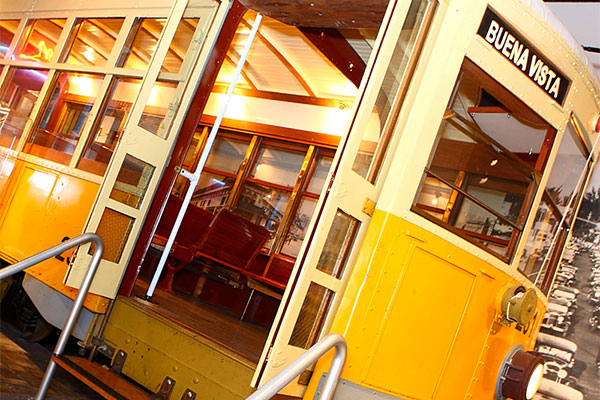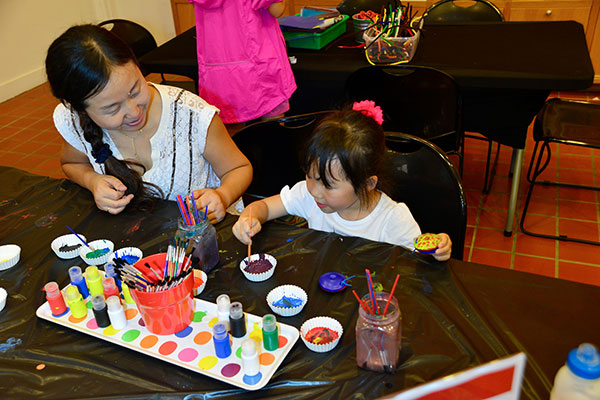Master ceramic artist Apolinario “Polo” Ramirez practices an ancient Peruvian art form that he learned from his parents and grandparents. Polo is a direct descendant of the pre-Columbian Vicus and Tallan cultures and has dedicated his life to preserving their ancient traditions. Each of his unique pieces is made with only his hands and feet, one rock, and one paddle. Polo uses these traditional techniques to make contemporary designs inspired by nature and elements of Peruvian folklore. He is among the first generation of Peruvian ceramicists to refine this art and popularize it globally through demonstrations, workshops, and exhibitions in the United States, France, Australia, and Central and South America.
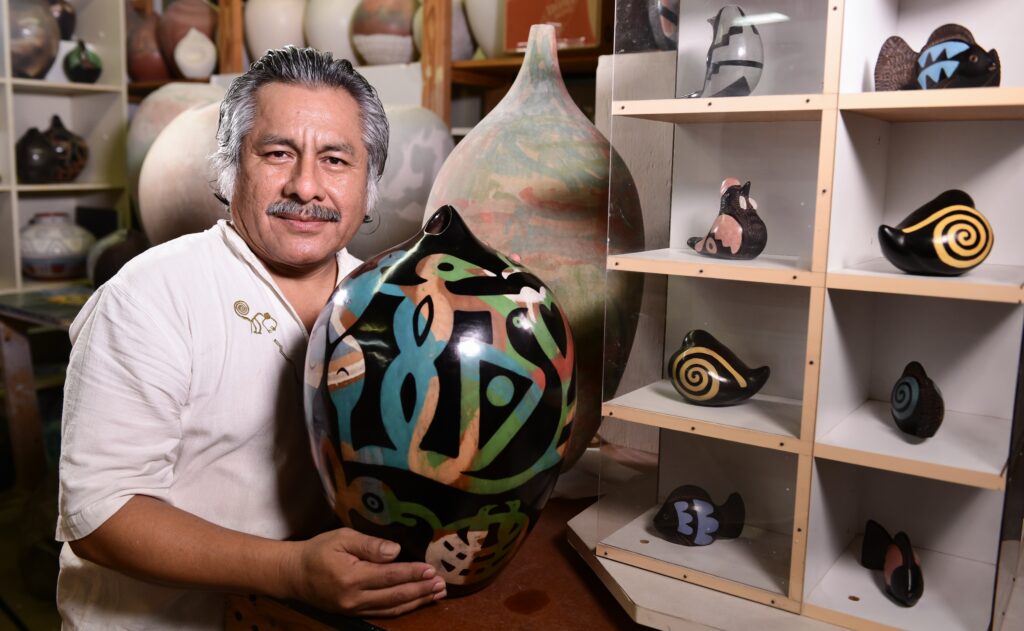
More about Polo
The following is from an interview HistoryMiami Museum conducted with Polo Ramirez in 2019.
1. What is your name and where were you born?
My real name is Apolinario, but they call me Polo. I was born on the slopes of hills of Vicus, the archaeological zone of my ancestors, the Vicus, a pre-Columbian culture.
2. Why did you leave Peru and why did you move to Miami?
I left Peru for many reasons, but I will say there are two main ones: the first reason was to promote my art and the second for the terrorism that was in my country! I wanted to live and be free. I moved to Miami because Spanish is spoken here and I really like the heat.
3. Which traditional arts do you practice?
I keep intact a traditional technique of making pottery, using ancestral methods.
4. What can you tell me about the history of this tradition?
According to the legend of a little bird called Chilalo, he taught us how to make clay pots, and we became potters like the Chilalo, the potter bird.
5. When did you learn this tradition? Who taught you?
I learned from a very young age. This tradition was transmitted from generation to generation and I learned from my parents and grandparents!
6. What tools and materials are used? Where do the materials come from?
My tools are very rustic and consist of a round stone and a wooden palette. The materials are clay that I find on the banks of rivers or quarries like lagoons, and to paint, I use mineral oxides of volcanic origin.
7. What are the steps in the construction of your pieces?
I use 6 different stages or processes, one for each day. These are: the initial shaping, smoothing, raising, scraping, painting, and burnishing.
8. What types of pieces do you create?
I make utilitarian vessels, pitchers, jars, jugs and figures or special vessels as ornamental or artistic pieces.
9. What do you value most about practicing this tradition?
The main value is to keep our tradition alive and our culture alive.
10. Is there anything else you want to share about your culture or art?
That culture is the most valuable of our good customs, and art is the maximum expression of freedom and imagination that the artist.

